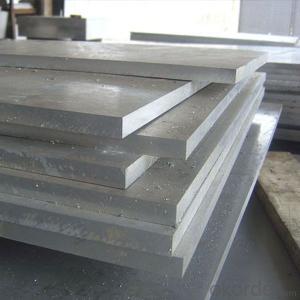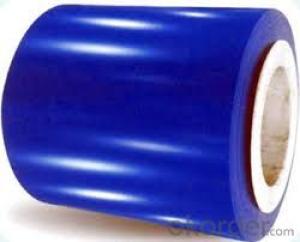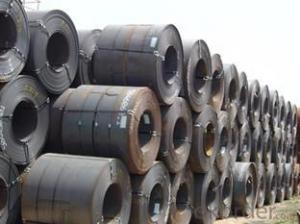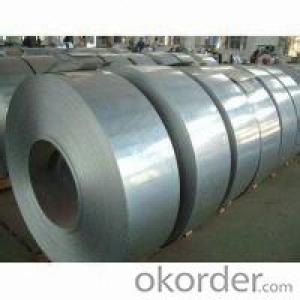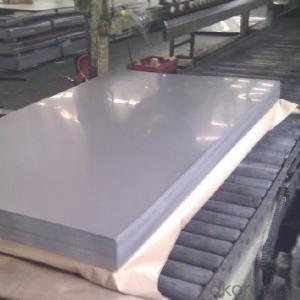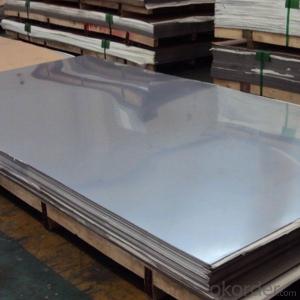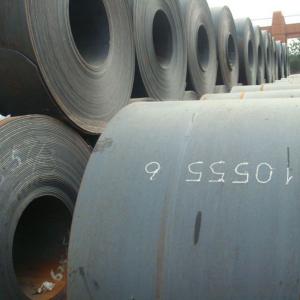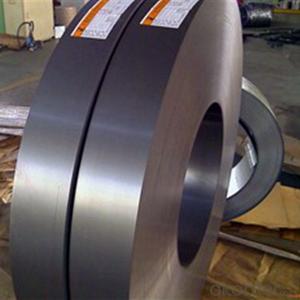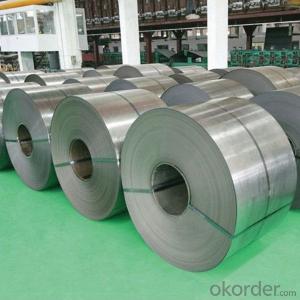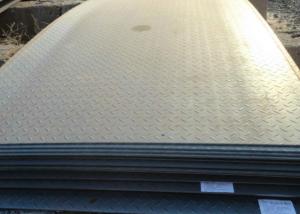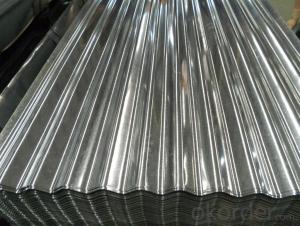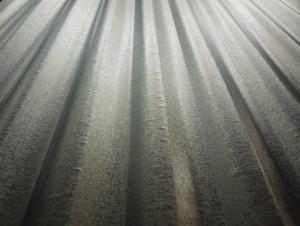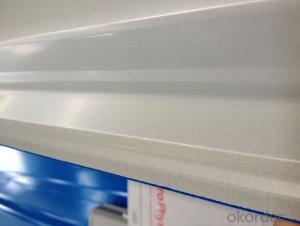Hot Rolled Plate Steel 2016 New Desigh With Good Quality
- Loading Port:
- Tianjin
- Payment Terms:
- TT OR LC
- Min Order Qty:
- 500 m.t.
- Supply Capability:
- 10000 m.t./month
OKorder Service Pledge
OKorder Financial Service
You Might Also Like
Specification
DESCRIPTION:
GRADE: SS400, ASTM A36, A572, ST37,ST52, Q195, Q215, Q235,Q345, S235JR etc.
STANDARD: GB/T709-2006, ASTM A36, JIS G3101, DIN EN 10025, SAE 1045, ASTM A570
SPEC: 1)Width: 600-2500mm or 1000,1050,1250,1500,1800,2000mm
2)Thickness:1.5mm-200mm or as customers’ special requirements;
3)Length: 2-12m or as customers’ special requirements
PACKING:
1.Big thickness:by bulk vessel
2.Small thickness:packed by steel strips and shipped by container
3.According to the requirements of customers'
TRADE TERMS :FOB, CFR, CIF
DETAILED PICTURES FOR STEEL COILS
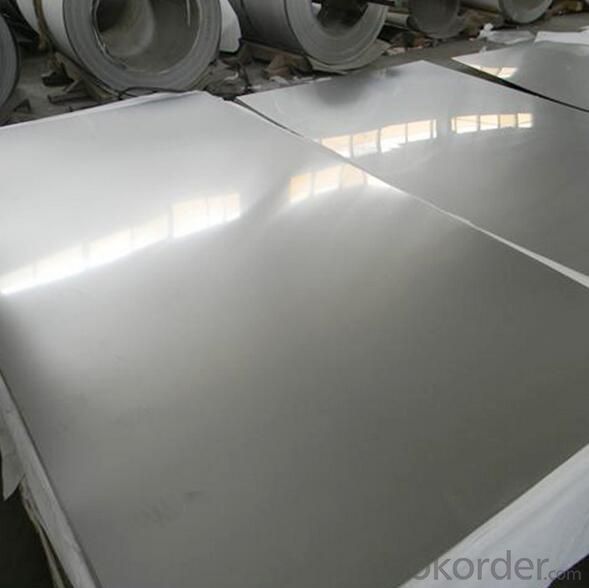

FAQ
Q:How to order?
A: Please send us your purchase order by email or fax .or you can ask us to send you a proforma invoice for your order .We need to know the following information for your order.
1) Shipping information-company name, street address, phone number, fax number, destination sea port
2) Product information – Quantity, Specification (steel type, thickness, width, surface finish)
3) Delivery time required
4) Forwarder's contact details if there's any in China
- Q: How are steel sheets tested for hardness?
- Steel sheets are typically tested for hardness using a method called the Rockwell hardness test. This test involves applying a specific amount of force onto the steel sheet's surface using a diamond or hardened steel ball indenter. The depth of indentation created by the indenter is measured, which provides a hardness value on the Rockwell scale.
- Q: What are the different manufacturing processes for steel sheets?
- Steel sheets can be manufactured through various processes, each with its own unique characteristics and applications. Some commonly used methods include: 1. The most widely employed technique is hot rolling, which involves heating the steel billet or slab to a high temperature and passing it through rollers to reduce its thickness. As a result, the sheets have a smooth surface and excellent mechanical properties. 2. Cold rolling, on the other hand, rolls the steel at room temperature, yielding sheets with higher dimensional accuracy and surface finish. This process is often employed to produce sheets with tight tolerances and improved surface quality. 3. Galvanizing is a process where steel sheets are coated with a layer of zinc to prevent corrosion. The sheets are either immersed in molten zinc or electroplated with it, forming a protective barrier that extends the steel's lifespan. 4. Coating processes can also be applied to steel sheets to enhance their properties or appearance. For instance, powder coating involves electrostatically applying a dry powder that is then cured under heat. Paint coating, on the other hand, entails applying a liquid paint to the surface and allowing it to dry. 5. Pickling, a chemical process, is employed to remove impurities like rust, scale, and oxides from the surface of steel sheets. Typically, the sheets are immersed in an acid bath that dissolves these unwanted materials, leaving behind a clean surface. 6. Once the steel sheets are manufactured, they can undergo cutting and forming operations. Laser cutting, plasma cutting, or shearing can be utilized to shape the sheets into desired sizes and shapes. Additionally, the sheets can be formed into various products using techniques like bending, deep drawing, or roll forming. These examples highlight the different manufacturing processes for steel sheets, and the choice of method depends on factors such as desired sheet properties, surface finish, and intended application.
- Q: How do steel sheets perform in high-wind areas?
- Steel sheets perform very well in high-wind areas due to their inherent strength and durability. The use of steel sheets in construction, particularly for roofs and walls, provides excellent resistance against strong winds and is a popular choice in regions prone to hurricanes, tornadoes, or other severe weather conditions. The robust nature of steel allows it to withstand high wind speeds without deformation or damage. Steel sheets are designed and manufactured to meet specific wind load requirements, ensuring their ability to withstand the forces generated by strong winds. This makes them a reliable option for structures in high-wind areas. Moreover, steel sheets are typically fastened securely to the underlying structure, further enhancing their wind resistance. Proper installation techniques and fasteners play a crucial role in ensuring the sheets remain in place during extreme weather events. Additionally, steel sheets can be designed with interlocking profiles that provide an additional layer of protection against wind-driven rain and debris. In terms of maintenance, steel sheets require minimal upkeep in high-wind areas. They are resistant to rot, insect damage, and decay, which can be significant concerns in regions with high humidity and frequent rainfall. Steel sheets also have a long lifespan, offering long-term protection against wind damage. However, it is essential to consider the overall design and construction of a building when evaluating the performance of steel sheets in high-wind areas. The structural integrity of the entire system, including the framing and connections, should be properly engineered to withstand the anticipated wind loads. Adequate bracing and reinforcement should also be incorporated into the building's design to ensure optimal performance and safety. In conclusion, steel sheets are an excellent choice for high-wind areas due to their strength, durability, and resistance to wind damage. When properly installed and integrated into a well-designed structure, steel sheets can provide reliable protection against strong winds, making them a preferred material in regions prone to severe weather conditions.
- Q: Are steel sheets suitable for solar panel frames?
- Yes, steel sheets are suitable for solar panel frames. They offer durability, strength, and corrosion resistance, making them an ideal choice for supporting and protecting solar panels.
- Q: Are steel sheets resistant to water or moisture damage?
- Yes, steel sheets are generally resistant to water or moisture damage. Steel is inherently corrosion-resistant and can withstand exposure to water without rusting or deteriorating. However, certain conditions such as prolonged exposure to saltwater or acidic environments may still cause corrosion over time. It is important to properly maintain and protect steel sheets to ensure their long-term resistance to water damage.
- Q: Can steel sheets be used for insulation in buildings?
- Steel sheets are not suitable for insulation in buildings because they have high thermal conductivity. This characteristic permits the easy transfer of heat and cold. Conversely, insulation materials like fiberglass, mineral wool, foam board, or cellulose are specifically designed to hinder the transfer of heat, cold, or sound. These materials are commonly employed in buildings as they possess low thermal conductivity and efficiently minimize heat loss or gain.
- Q: Are steel sheets suitable for modular construction?
- Yes, steel sheets are suitable for modular construction. They are lightweight, durable, and have high strength-to-weight ratio, making them ideal for constructing modular buildings. Steel sheets can be easily fabricated and assembled into modular components, providing flexibility and ease of construction. Additionally, steel is resistant to fire, pests, and weathering, ensuring longevity and safety in modular structures.
- Q: Can steel sheets be used for railway track components?
- Yes, steel sheets can be used for railway track components. Steel is a commonly used material in the construction of railway tracks due to its strength, durability, and resistance to wear and tear. Steel sheets can be used to manufacture various components of railway tracks, such as rails, sleepers, and fasteners, ensuring a reliable and long-lasting infrastructure for trains.
- Q: Are steel sheets prone to warping or buckling?
- Yes, steel sheets are prone to warping or buckling due to external factors such as heat, pressure, or improper handling.
- Q: Are steel sheets suitable for water tanks or reservoirs?
- Yes, steel sheets are suitable for water tanks or reservoirs. Steel is a durable and strong material that can withstand the weight of water and provide long-lasting protection against corrosion. Additionally, steel tanks can be easily customized to meet specific size requirements and can be coated to further enhance their resistance to water and environmental factors.
Send your message to us
Hot Rolled Plate Steel 2016 New Desigh With Good Quality
- Loading Port:
- Tianjin
- Payment Terms:
- TT OR LC
- Min Order Qty:
- 500 m.t.
- Supply Capability:
- 10000 m.t./month
OKorder Service Pledge
OKorder Financial Service
Similar products
Hot products
Hot Searches
Related keywords
